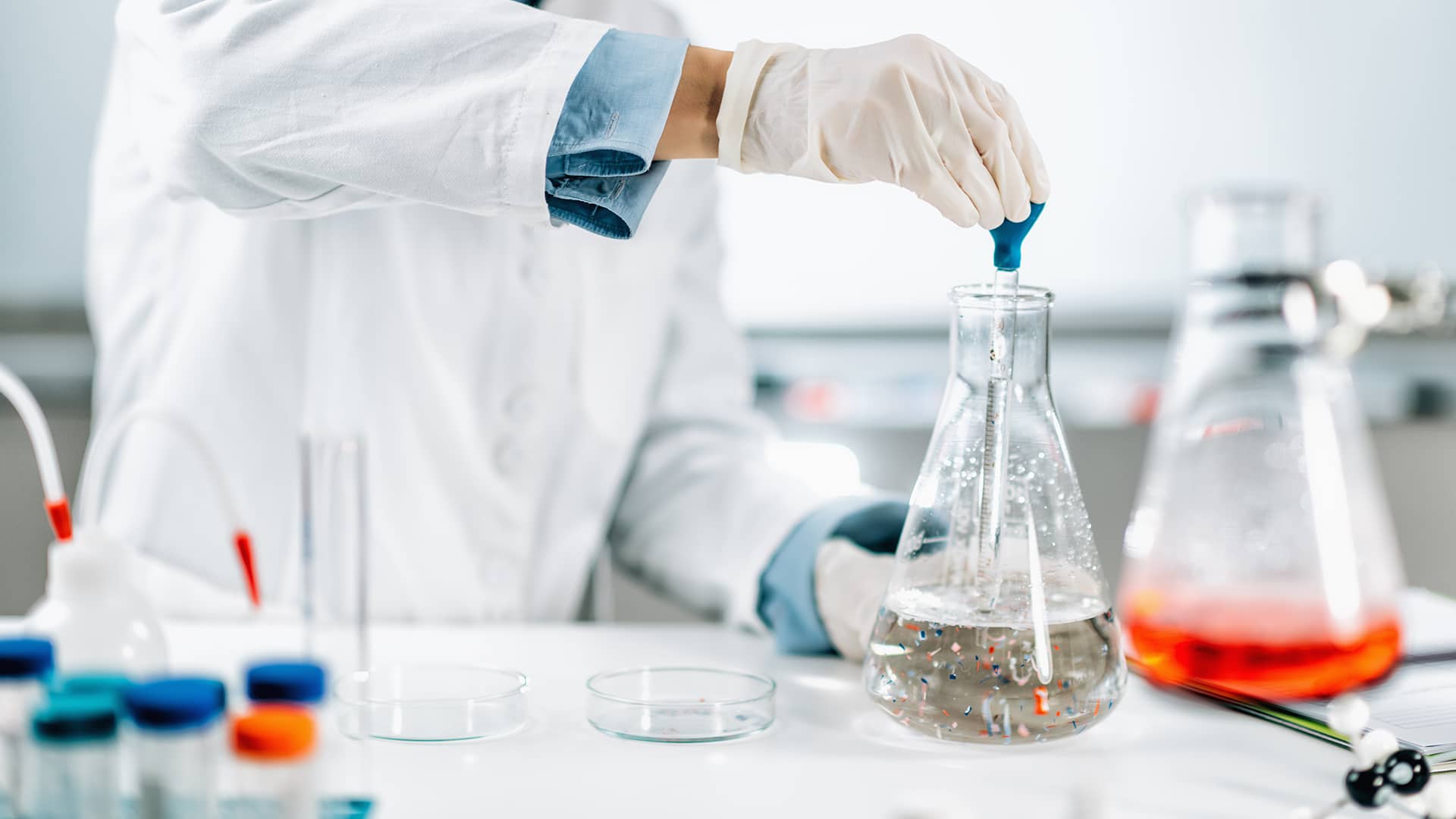About
Plastics Monitoring Detection Remediation Recovery
PRIORITY is a science and technology research network focused on developing, implementing, and consolidating strategies to tackle the global challenges of micro- and nanoplastics in the environment.

About
Description
of the Action
PRIORITY stands for ‘Plastics monitoRIng detectiOn RemedIaTion recoverY’. PRIORITY is a science and technology research network focused on developing, implementing, and consolidating strategies to tackle the global challenges of micro- and nanoplastics in the environment.
This COST Action combines expertise in chemistry, physics, life science, engineering, standards, economy, and law. The network creates a robust infrastructure for scientific communication, exchange, and collaboration to foster new research activities and citizen science.
PRIORITY aims to enhance the technical standards for sampling and analysis of micro- and nanoplastics in the environment, to develop a more reliable assessment of exposure and biological effects, and to advance activities in terms of environmental remediation and recovery.
The Action will support the harmonization of European regulation associated with microplastics. It will assist the European Commission in critical aspects of environmental and ecosystems protection, food safety, and life science.
About
Objectives
The overarching aim of PRIORITY is to create and coordinate a transnational and multidisciplinary team of scientists and experts to address the challenges in the field of environmental nano- and microplastic pollution. This aim will be achieved through collaboration, sharing of know-how, discussions and training activities.
The Action has a total of 17 specific objectives divided into 10 objectives on research coordination and 7 objectives on capacity building. The objectives are described in the Memorandum of Understanding (MoU).

About
Background
The production, demand and disposal of plastics has grown exponentially during the last century, leading to rise in production from 1.7 million tons in 1950 to 359 million tons in 2018. At present, only a small percentage is recycled and the rest ends up as waste. Plastic waste, accidentally or deliberately discarded in the environment, is subjected to degradation due to the effect of heat, UV radiation, atmospheric oxidation and mechanical degradation leading to its fragmentation into small particles called microplastics and further to nanoplastics.
In 2011 the United Nations Environment Programme (UNEP) declared plastic a worldwide pollutant. The ubiquitous distribution of plastics and MPs in the environment, combined with their resistance to biological and chemical decay, is adversely affecting the environment, especially marine life. Human exposure is also a major cause for concern.
Over the last few decades, an impressive number of research papers and reviews have been published regarding nano- and microplastic pollution. Nonetheless, several gaps and uncertainties exist which affects the relevance and the reliability of the resulting data.
To understand the real impacts of nano- and microplastics (N/MPs) environmental pollution the scientific community has the responsibility to provide homogenous and comparable data, based on harmonized standards and protocols. The only way to achieve this result is through extensive networking among researchers with the involvement of industrial experts.
The Action has a total of 17 specific objectives divided into 10 objectives on research coordination and 7 objectives on capacity building. The objectives are described in the Memorandum of Understanding (MoU) available for download.